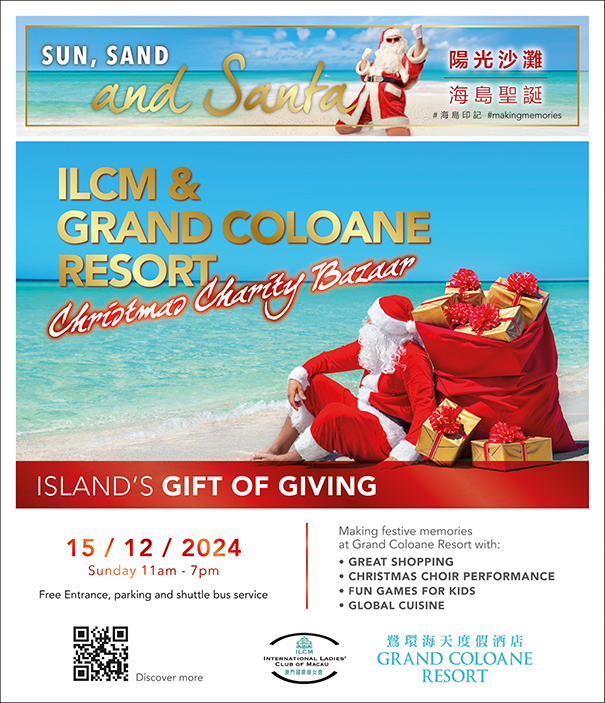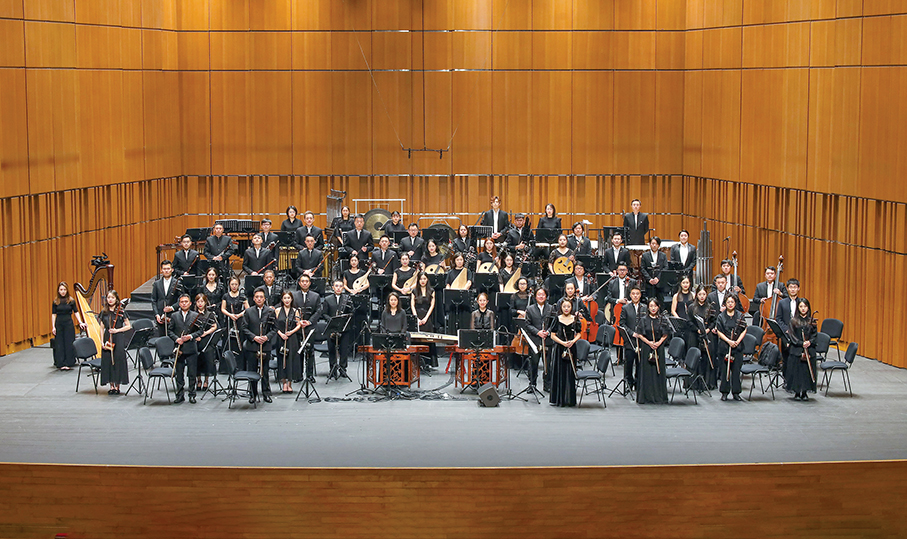The government and integrated resort (IR) operator SJM Resorts jointly announced yesterday their cooperation plan regarding the revitalisation of the Avenida de Almeida Ribeiro area, which highlights the return of the legendary “Macau Palace” floating casino to Pier 14 in the Inner Harbour district, close to the Sofitel Macau at Ponte 16 casino-hotel, plus the revamp of the Kam Pek Community Centre on the city’s main thoroughfare.
Kam Pek is a former casino.
The floating casino, which was opened in 1962 by Macau’s then casino monopoly operator STDM and is now owned by SJM, was originally berthed at Pier 14 in the Inner Harbour area in the early 1960s but moved to Pier 20 in 1995.
SJM took over STDM’s casino operations in 2002. STDM, which was co-founded by gaming mogul Stanley Ho Hun Sun, is now SJM’s parent company.
In 1999, the “Casino Macau Palace” vessel was moved to a pier near the Outer Harbour Ferry Terminal. It ceased to operate as a casino in 2007 when it was mothballed and moved back to the Inner Harbour.
The iconic vessel featured in the James Bond film “The Man with the Golden Gun” in 1974. It was towed from the Outer Harbour to the Inner Harbour following its suspension in 2007 and is currently moored in Patane North Bay.
SJM Managing Director Daisy Ho Chiu Fung said yesterday at the joint press conference at Macau Cultural Centre (CCM) that her company has invited mainland experts to study the best conservation and restoration plan for the floating casino that, she stressed, will open to the public after it is moored again at Pier 14 in the Inner Harbour following its renovation.
Ho underlined that “at the moment, we are still at the stage of defining what is the most appropriate and best suitable usage for the entire area and facilities [of ‘Casino Macau Palace’]”, adding that her company was still considering the future use of the erstwhile casino boat in terms of revitalising the whole area.
With a view to increasing the vitality of the current attractions in the area and providing a platform for local small- and medium-sized enterprises (SMEs), SJM plans, according to Ho, for SMEs to display and sell “trendy and original products” at the Kam Pek Community Centre.
The revitalisation plan also includes the transformation of Pier 14 into a riverside sitting-out area integrated with the marine tourism attractions and the conservation and reactivation of the historic Ponte 16 Clock Tower, in addition to the installation of artistic lighting facilities in the San Ma Lou area.
With the area from Avenida de Almeida Ribeiro (commonly known as San Ma Lou in Cantonese) to Pier 14 and Pier 16 via the Kam Pek Community Centre as the main axis, the revitalisation project aims to expand and integrate the streets and squares in the surrounding area, comprising Rua de Cinco de Outubro, Largo do Pagode do Bazar and Praça de Ponte e Horta, Ho pointed out, adding that the two squares (both “largo” and “praça” mean “square” in Portuguese) will be turned into cultural and artistic spaces where art and food markets will be held regularly.
Ho said she expected the rehabilitation project to get off the ground by the end of this year or early next year, hoping that visitors and residents would be able to enjoy the revamped area no later than 2026.
Ho stressed that the project’s total cost was still not known.
No pedestrianisation plan for San Ma Lou: Ao Ieong
Attending yesterday’s joint press conference, Secretary for Social Affairs and Culture Elsie Ao Ieong U pointed out that the pilot project of San Ma Lou’s temporary pedestrianisation, which was held during the Chinese New Year this year, had attracted a large number of residents and tourists, describing the response to the project as “generally positive”. Ao Ieong said she hoped that through synergies with enterprises, a wider range of long-term planning could be carried out so that the area’s historic buildings and cultural atmosphere could be better “transformed and utilised” by highlighting Macau’s special features, injecting innovative attractions and creating more cultural and tourism projects.
Ao Ieong reaffirmed that at this stage there was no plan for another San Ma Lou pedestrianisation project.
Transport experts have pointed out that San Ma Lou is one of the city’s most important traffic arteries for both public buses and private cars, which would make its permanent pedestrianisation virtually impossible.
The SJM plan is one of the six under the government’s revitalisation programme for the city’s six historic areas, including the MGM plan for the Barra area, the Melco plan for Pier 23 and Pier 25 in the Inner Harbour district and the areas surrounding Mount Fortress, as well as the Wynn plan for the pedestrianisation of Rua da Felicidade (“Street of Bliss”), which will start tomorrow.
When asked for the details of the government’s revitalisation projects concerning Taipa’s Iec Long Firecracker Factory and Coloane’s Lai Chi Vun erstwhile shipyards, Ao Ieong revealed that Sands will take part in the former, with Galaxy Entertainment Group (GEG) joining the latter.
The government will hold a press conference about the revitalisation plan of Lai Chi Vun shipyards this afternoon.
Yesterday’s press conference was also attended by Cultural Affairs Bureau (IC) President Leong Wai Man, as well as senior officials of the Municipal Affairs Bureau (IAM), Transport Bureau (DSAT) and Marine and Water Bureau (DSAMA).

This photo taken yesterday shows the iconic “Casino Macau Palace” moored at Patane North Bay. – Photo: Yuki Lei

SJM Managing Director Daisy Ho Chiu Fung (second from left), Secretary for Social Affairs and Culture Elsie Ao Ieong U (fourth from right) and Cultural Affairs Bureau (IC) President Leong Wai Man (third from left), as well as senior officials from the Municipal Affairs Bureau (IAM), Marine and Water Bureau (DSAMA) and Transport Bureau (DSAT) look on during yesterday’s press conference about the San Ma Lou area’s revitalisation plan, at the Macau Cultural Centre (CCM) in Nape. – Photo: Yuki Lei





